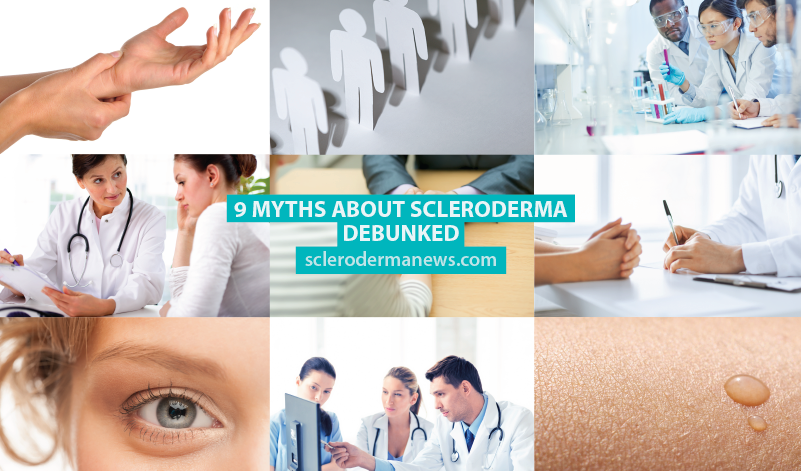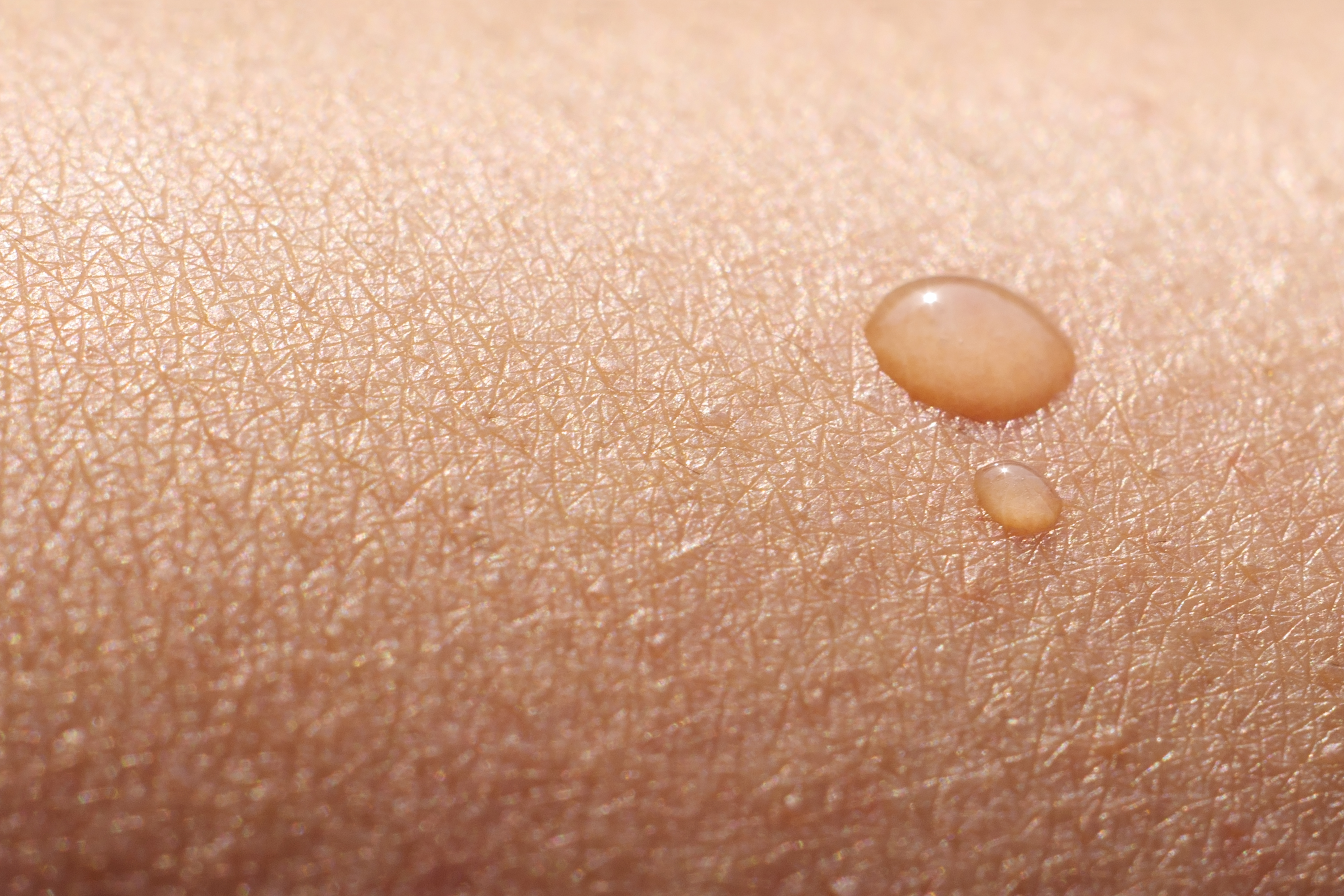9 Myths About Scleroderma Debunked
Written by |

Scleroderma is an unknown disease to many, but according to the Scleroderma Foundation, an estimated 300,000 Americans have the condition.
Here’s a list of ten myths about scleroderma debunked.
1. Scleroderma is the same for everyone.

Scleroderma can differ greatly from one patient to another since it has different ways of manifesting itself. In its two major classifications, scleroderma is usually found in just a few places on the skin or muscles and rarely affects internal organs (localized scleroderma), or affects the connective tissue in many parts of the body involving internal organs (systemic scleroderma).
2. Scleroderma only affects the skin.

In its two major classifications, scleroderma may affect everything from the skin or muscles to internal organs. In the case of systemic scleroderma, it may also affect the connective tissue in many parts of the body involving the skin, esophagus, gastrointestinal tract (stomach and bowels), lungs, kidneys, heart and other internal organs.
3. Scleroderma is easy to diagnose.

Since scleroderma presents with symptoms similar to other autoimmune diseases, diagnosis can be difficult. Besides the instances where there are skin manifestations, such as thickening, it’s possible for a case to be misdiagnosed or even, undiagnosed.
4. Only few scleroderma patients also have Raynaud’s.

According to the Johns Hopkins Scleroderma Center, only a small percentage of people with Raynaud’s phenomenon will end up developing scleroderma. On the other hand, almost everyone with scleroderma has the potential to have Raynaud’s symptoms.
These symptoms might present themselves as the fingers changing color because of excess collagen which has narrowed the blood vessels or an over-reaction of the skin blood vessels to cold temperatures and/or emotional stress.
5. Scleroderma is contagious.

According to the Scleroderma Foundation, scleroderma is not contagious, nor is it infectious, cancerous or malignant.
6. Only adults can develop scleroderma.

Age does not constitute a restriction for scleroderma. In fact, localized scleroderma is more common in children, whereas systemic scleroderma is more common in adults.
7. Scleroderma only attacks women

Overall, female patients outnumber male patients about 4-to-1, as this disease attacks mainly women between the ages of 30 and 50-years-old. But there are also many cases where men are diagnosed with scleroderma.
8. Scleroderma is always visible to the naked eye.

In some cases of systemic scleroderma, its manifestation might be more pronounced on the connective tissues of the internal organs, making it hard for the naked eye to spot.
9. Scleroderma can be cured.

Unfortunatly, there is still no cure for scleroderma, but there are effective treatments accessible for patients who also suffer from acute kidney disease, pulmonary hypertension, lung inflammation and gastrointestinal problems.
Learn more about scleroderma here.
Scleroderma News is strictly a news and information website about the disease. It does not provide medical advice, diagnosis or treatment. This content is not intended to be a substitute for professional medical advice, diagnosis, or treatment. Always seek the advice of your physician or other qualified health provider with any questions you may have regarding a medical condition. Never disregard professional medical advice or delay in seeking it because of something you have read on this website.





